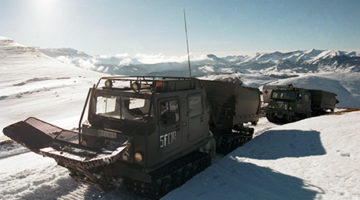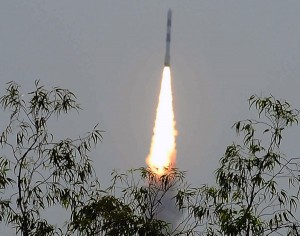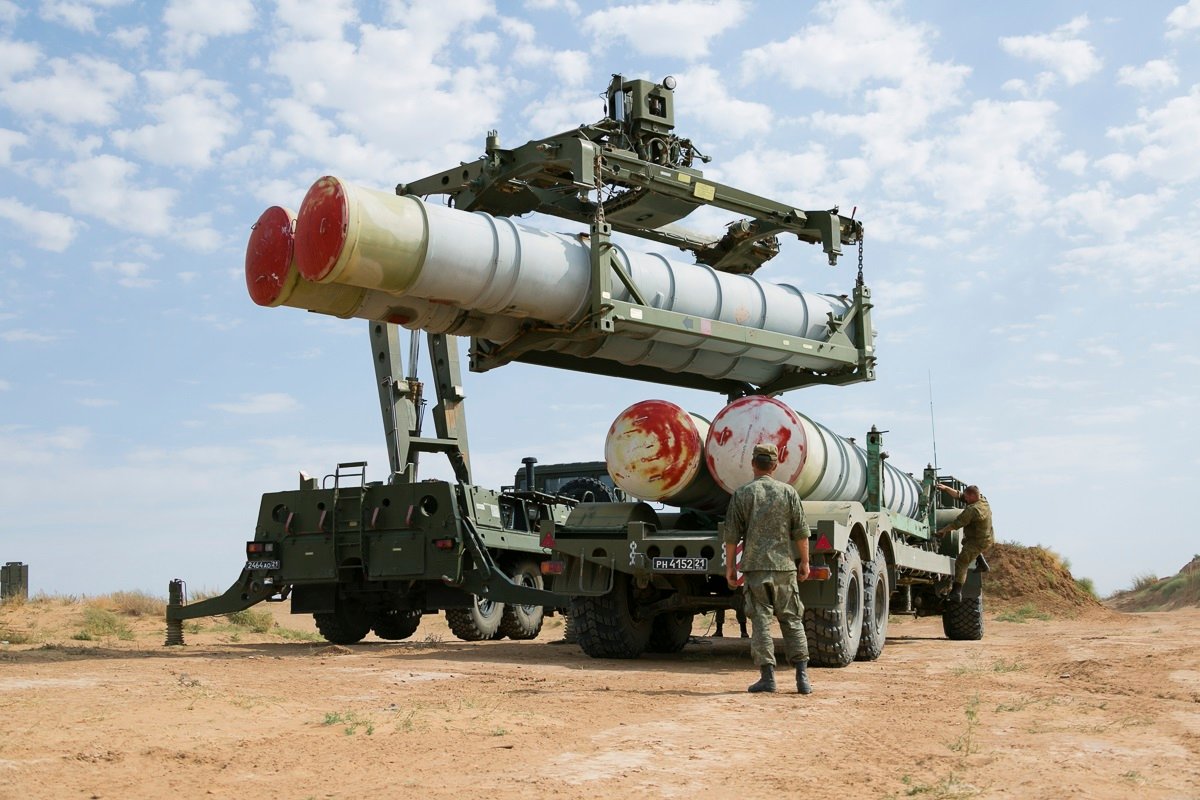Crédits photos © India Strategic
India launched five satellites of four foreign countries from the Satish Dhawan Space Centre June 30 on a single launch, successfully putting them into their designated orbits in about 20 minutes.
This is the first time that a Polar Satellite Launch Vehicle (PSLV), the workhorse indigenous rocket of the Indian Space Research Organisation (ISRO), carried only foreign satellites, taking their tally to 40 since it launched the first foreign satellite in 1999.
India ’s space program began in 1975, and except for heavy satellites, for which ISRO depends upon the European Ariane, India uses its own propulsion systems. So far, India has launched about 100 missions with satellites.
India is yet to perfect the cryogenic technology required for launching heave payloads into space but there is some success with the Geosynchronous Satellite Launch Vehicle (GSLV) program whose Mark III version is under development.
India’s new Prime Minister Narendra Modi was at hand to witness the launch. Apparently inspired, he described the mission success as “global endorsement of India ‘s space capability” adding that it made every Indian proud. Mr Modi, who has initiated a campaign right from his swearing-in ceremony in May 2014 for good relations with neighboring countries, offered to build a SAARC Satellite to benefit them.
“Today, I ask our space community to take up the challenge of developing a SAARC satellite – that we can dedicate to our neighborhood as a gift from India.” This, he said, should have “a full range of applications and services” including for satellite-based navigation system. The footprint of the satellite should be appropriately enhanced.
Notably, Mr Modi has been pushing for reforms with Skill, Scale and Speed as his government’s mantras. He used the occasion to reiterate his emphasis on technology for the good of the common man. “I believe technology is fundamentally connected to common man. It can transform his life.”
The main satellite on board the 44.4-meter tall PSLV-C23 rocket was the 714-kg SPOT 7 (Earth Observation Satellite) of Airbus Defence and Space.
Equipped with high resolution imaging cameras and sensors, this satellite has been placed diametrically opposite to its earlier twin, SPOT-6, also launched from this southern Indian space station on 9 September 2012.
The other four satellites belonged to Germany , Singapore and Canada (two). The first satellite to be ejected from the PSLV was SPOT-7. After that, German AISAT, Canadian NLS7.1 and NLS7.2 and Singapore ’s VELOX-1 were placed in the orbit. Airbus, which had a team at the space station to coordinate and monitor the launch, said that SPOT-7was being placed in a 655-km sun synchronous orbit.
India began its space program in 1975 with very modest beginnings and the scientists of those days even carried components on bicycles. There was assistance from the United States initially, and then from the erstwhile Soviet Union which also facilitated the first space journey of an Indian, Squadron Leader Rakesh Sharma of the Indian Air Force (IAF), in April 1984.
Sq Ldr Sharma received extensive training at IAF’s test pilots school, Aircraft Systems and Testing Establishment (ASTE) before being sent to Baikonur cosmodrome for the launch. He spent nearly eight days in the Salyut-7 space station along with two Soviet cosmonauts.
ISRO has an international marketing arm, Antrix, to outsource space launch missions and some technology.
ISRO has sent missions to the mars and moon, found evidence of water with the help of a Raytheon radar on the moon, and is now preparing for a manned mission there.
There are many challenges towards a human flight, requiring capability in long range propulsion, and onboard control, connectivity and survival systems.
Reprinted with the permission of our partner India Strategic.












